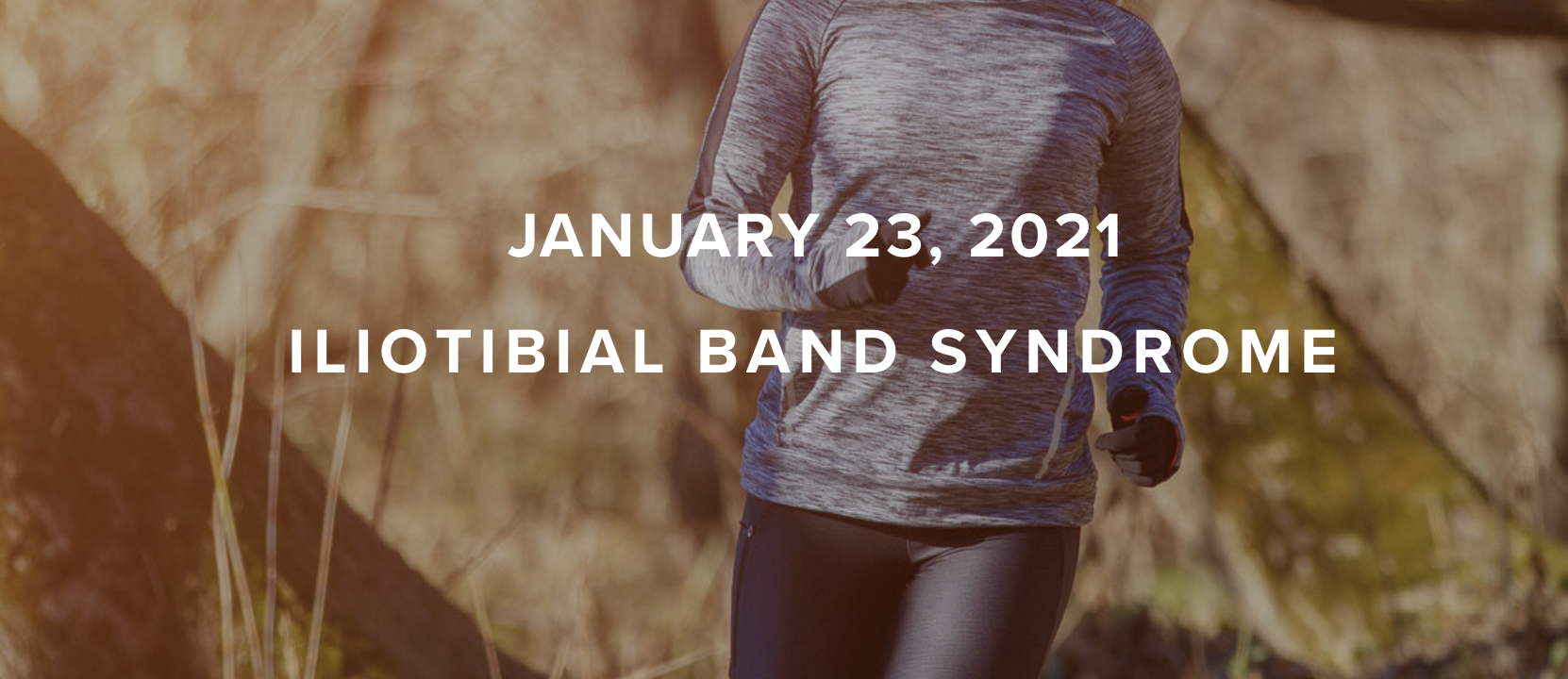Pregnancy & Postpartum
The Pelvic Floor An anatomical review
Throughout pregnancy and the postpartum period, there are significant hormonal, anatomical, and physiological changes that occur in a mother’s body to support the growing baby. Some of the most common changes that we hear about are nausea, increased muscular and joint laxity, constipation, reflux, or low back pain. As the baby grows, a pregnant person’s abdominal mass can increase up to 31%.1 By doing so, the center of mass moves forward, placing extra load (and potentially pain) through the pelvis, lumbar spine, and abdominal wall. Understandably, experiencing these sensations may make a pregnant person want to avoid working out or overexerting themselves to prevent what feels like unnecessary discomfort. While it’s a good idea to listen to your body and make changes to your normal workout routines as needed, it is important to know that many of these symptoms are expected throughout pregnancy, but there is no need for them to completely limit your activity levels.
Exercise and activity is important for both the pregnant person and for the growing baby, as exercise provides many physical and mental benefits. Studies have found that pregnant people who participate in regular exercise have improved glycemic response, shorter duration of their first stage of labor, reduced risk of cesarean births, and reduced incidence of preterm birth. These studies also demonstrate that exercise during pregnancy carries benefits for infants as well, including improved general intelligence and improved oral language skills compared to their peers (infants born to parents who did not exercise during pregnancy).2
““Studies have found that pregnant people who participate in regular exercise have improved glycemic response, shorter duration of their first stage of labor, reduced risk of cesarean births, and reduced incidence of preterm birth.””
Because of these findings (and others), the American Congress of Obstetricians and Gynecologists (ACOG) recommends aerobic and strength conditioning activities for women with uncomplicated pregnancies.3 That said, if your OB has informed you that you have a higher risk pregnancy or pregnancy-related complications, it is important to get cleared by your obstetrics team before starting exercise. While you’re exercising throughout your pregnancy, if at any point you start feeling shortness of breath, dizziness, restlessness, nausea, numbness, or visual disturbances, it is important to stop the exercise and contact your doctor.
“If you are experiencing Pelvic Floor Pain or Incontinence you should seek out a specialist to help you return back to being yourself.”
Your physical therapist can help you develop your exercise routine and monitor your response to exercise, and will be at your side to teach you ways to monitor and modify exercises yourself to keep you and your baby safe. Exercises may focus on core, back, and pelvic floor strength to mitigate some of the challenges associated with the growing baby. It is also important to complete total body strengthening to prepare for carrying a baby, carseat, strollers, and all the baby essentials.
Seeing a physical therapist during your pregnancy is the perfect way to maintain or improve your activity level in a safe and controlled environment. This is especially important if you are currently having pain or discomfort that is preventing you from staying active during your pregnancy. While working with your PT, you can also learn strategies to improve your pain during your pregnancy, as well as modifications to make during labor and delivery to avoid further exacerbation of any injuries or pain you may have.There are many more options for labor and delivery than previous generations that can significantly improve a birthing experience, and your PT can help figure out which is the best option for you.
If you are experiencing low back pain or incontinence throughout your pregnancy or postpartum, reach out to a physical therapist. We have several therapists at LWPT specializing in women’s health including:
AUTHOR:
Kerri Smith, PT, DPT, CFSC
LWPT Kirkland Physical Therapist
CONTRIBUTORS:
Dr. Lauren Vernese, DO
Swedish Sport & Spine Physician
Ben Wobker, PT, MSPT, CSCS, CFSC, SFMA
Founder & Director Lake Washington Physical Therapy
MOre Blogs
MORE WEBINARS
References:
Whitcome, K. K., Shapiro, L. J., & Lieberman, D. E. (2007). Fetal load and the evolution of lumbar lordosis in bipedal hominins. Nature, 450(7172), 1075–1078.
Clapp, J. F. 3rd, & Cram, C. (2012). Exercising through your pregnancy (2nd ed.). Omaha, NE: Addicus Books.
American College of Obstetricians and Gynecologists. (2015b). ACOG committee opinion no. 650: Physical activity and exercise during pregnancy and the postpartum period. Obstetrics & Gynecology, 126, e135–e142.









